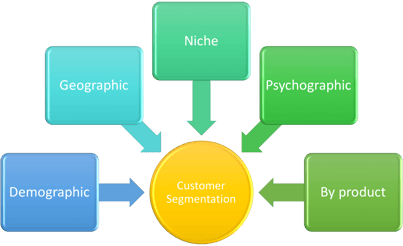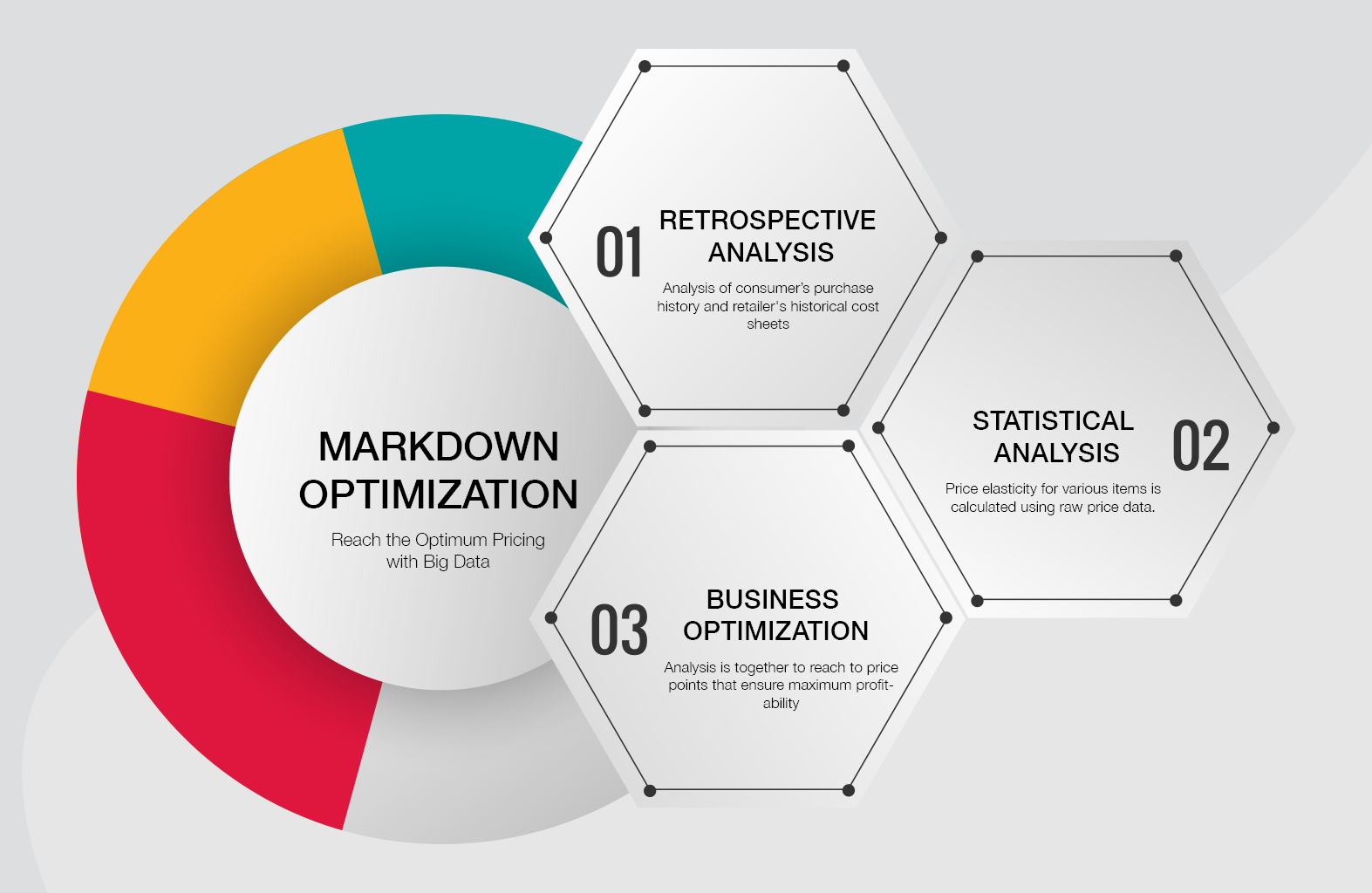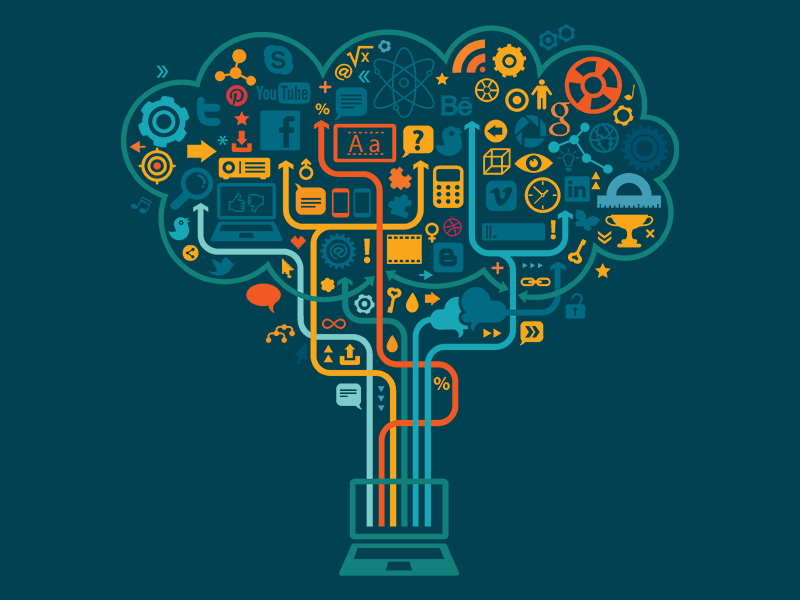Markdown Optimization: How to Maximize Revenue with Precision Pricing
Retailers often face difficulties in optimizing their pricing for different seasons. In the peak season, they need to determine the opening price and...

Pricing is one of the most critical aspects of business management. Businesses use many different analysis techniques to optimize pricing. Some of these include market segmentation, cost analysis, competitor analysis, targeting and positioning considerations etc. According to McKinsey, on an average, 1 percent price increase results in 8.7 percent increase in operating profits (assuming no loss of volume). Pricing can impact demand, market share, market penetration, revenue, sales, profits practically every important business metric. Yet approx. 30 % of pricing decisions companies make every year fail to deliver the best price (Mckinsey&Company). That’s a huge loss of potential revenue.

Traditionally marketers relied on in-house data to make pricing decisions. Little to no emphasis was made on customer analysis and market trends. Due to lack of sophisticated tools, data scientists, and awareness, in general, most of the pricing decisions were based on intuitions. Another reason for not using data based approach was lack of sophisticated computational power to back analysis of high volume data. Now with cloud computing it easy to enjoy scalable computing for data analysis on the scale. In the 1980s, Airlines and Hospitality Companies started leveraging big data analysis for optimizing pricing decisions. The aim was to offer competitive pricing, ensuring maximum clearance and maximizing overall revenue. This was possible only by customizing pricing based on factors like time of booking, type of customer, geography etc.
Curious about Big Data? Find out about the latest trends and applications in our free eBook:
Here is a detailed approach to using big data for price optimization. With these 5 steps you can easily leverage the power of big data analytics to optimize pricing for your business:

Companies never go out of data, especially the MNCs and large corporates. The scarcity of data was never a problem in the first place. With the ever-increasing customer touchpoints with big data, the problem is an abundance of data. Businesses have access to loads of data including social media signals, the point of sale history, accounts, reviews, recorded telephonic conversations, and much more. The problem arises in the selection of the right kind of data and finding right people to do the analysis. Sophisticated data analysis tools and cloud computing have together eased the pain of many executives. Now it is comparatively easy to collect and analyze data of any volume, variety, and veracity.
Know the key data science skills to look for in your big data partner
A common mistake made by companies is that they try to set pricing parameters based on categories. Companies with wide product range like FMCG, Electronics, Toys and Games, etc. are the ones who face this issue. Even retailers like Walmart, Target, Amazon etc. also fall into this category. With over 1000 assorted products it becomes excruciating to analyze data to optimize pricing for each product separately. Alternatively, companies analyze market trends and competitors pricing for a category and make decisions based on that analysis. Now with big data analysis tools like Hadoop and Hive, companies can analyze data at a granular level for each separate product at scale and make decisions accordingly.
Read More: How Big Data, AI and ML can Help Improve Customer Experience?

The price of a product can also be customized based on factors like geography, target segment etc. Big data analytics can be used to analyze customer data and identify behavior and elasticity with respect to price change. Thus, the pricing of products can be customized for narrower markets like individual states, market segments, and even stores. E-commerce companies can go a step beyond this and offer targeted pricing based on consumer behavior online. Techniques like market basket analysis can also be used to predict future demands of a product and offer them at a competitive pricing.
Know how to predict demand for complementary products using big data.
Companies face many issues while ensuring stock clearance. The common problems faced include how much price to reduce, in which pattern and how to market the price changes. Markdown optimization is a big data analysis technique which understands customer behavior based on past trends and suggests the optimal discounts which would elevate the demand while ensuring maximum possible profits. By using big data for price optimization companies can ensure best possible revenue from inventories while ensuring their clearance in time.
Read More: 5 Practical Uses of Big Data in Business
Data is everywhere from supply chain to production to finance. This vast amount of data offers the opportunity to find insights into the key areas which can be easily optimized. This can include changing a specific process, increasing or reducing the amount of workforce, optimize the distribution of financial resource among different departments, etc. With the help of these insights, companies can control and even reduce their costs in operational, production and managerial activities which can in turn help in offering more competitive pricing.
In the above ways, big data can help companies leverage the power of data to optimizing pricing of their products and services. If you are looking for a big data expert to help you leverage data science for your business then feel free to get in touch. Our team of experienced data scientists has all the required skills that you would need to benefit from big data analysis. Contact today:

Retailers often face difficulties in optimizing their pricing for different seasons. In the peak season, they need to determine the opening price and...

Every professional in the field of big data struggle to choose the right programming language for their project especially when they enter the field....

Big data has revolutionized business all around the world. Food and beverages industry, in particular, can largely benefit from big data. Be it,...